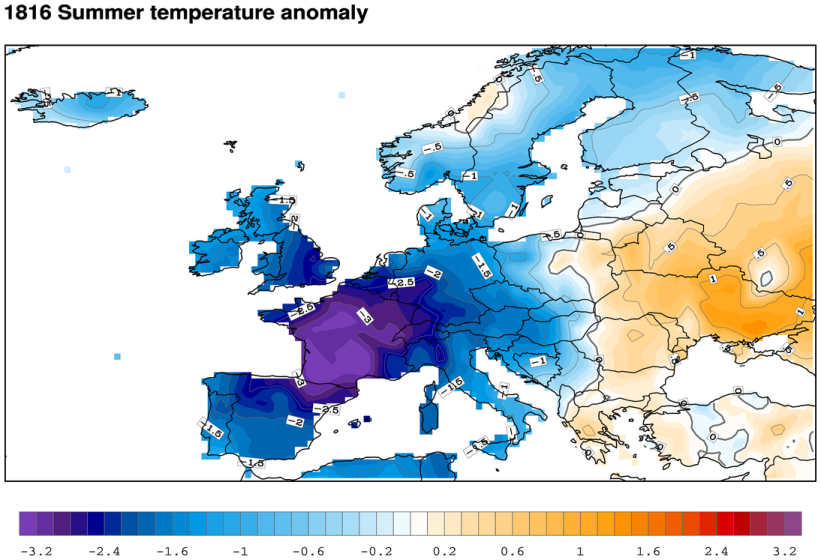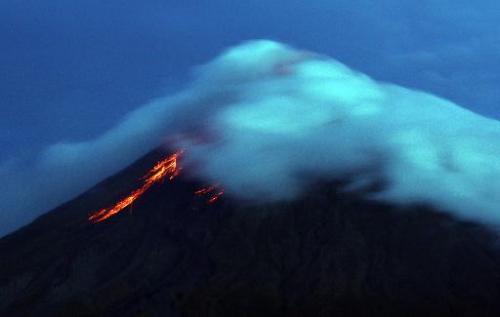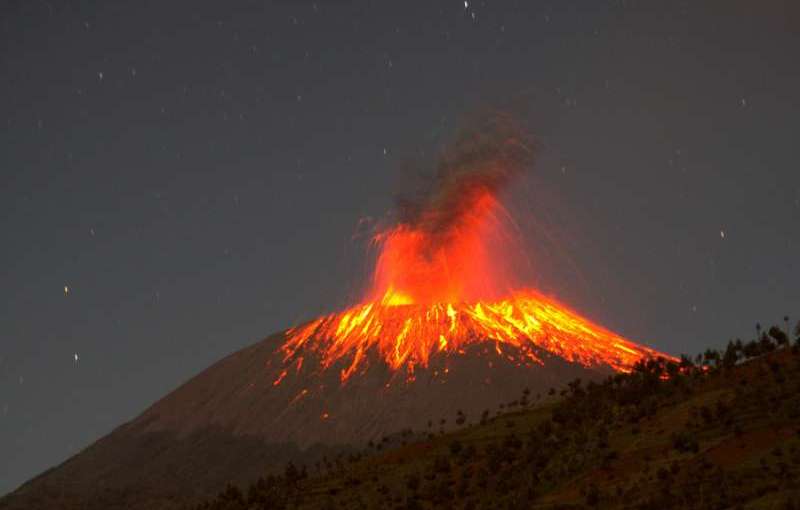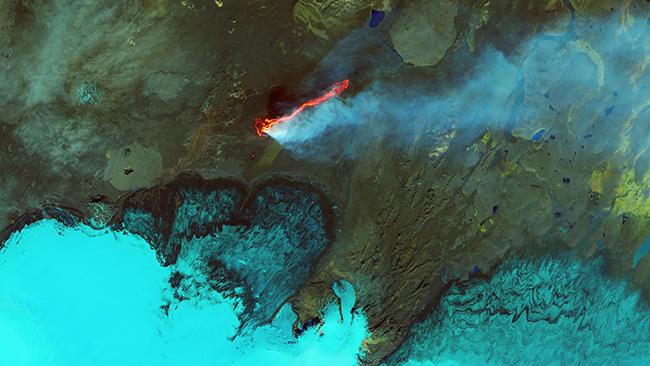
© checkinwithcharlie.bangordailynews.comThe Cold Summer of 1816
Scientists have long believed that the 1815 Tambora volcanic eruption could not, alone, have been responsible for the drastic climate change in 1816, nicknamed
"Year Without a Summer" and
"Eighteen-Hundred-and-Frozen-to-Death." Now, joint research by scientists and historians at the Cabot Institute
believe they have pinpointed the date of what is called, in the scientific literature, the
"Unknown eruption."The global climate changes that accompanied these two eruptions created an unseasonably cold winter, which led to massive crop failure and a famine across both Europe and North America. These extreme conditions are also thought by scholars to have inspired literary works like Lord Byron's "Darkness," as well as the ice-framed narrative of Mary Shelley's novel
Frankenstein.
According to Caroline Williams, of the Department of Hispanic, Portuguese and Latin American Studies, and Alvaro Guevara-Murua, a doctoral student in the School of Earth Sciences, and Erica Hendry, a professor in the same,
the "Unknown eruption" likely occurred in South America sometime between mid-December 1808 and mid-February 1809.

© scied.ucar.edu
Comment: The large amount of volcanic debris swirling around in the air during the year 1816 resulted in extensive agricultural failure and mass migrations, giving insight as to what might happen when humanity is faced with an atmosphere shielding event such as an asteroid collision, a chain of strong volcanic eruptions, comet debris or a nuclear winter in the near future.
An estimated 80,000 people died. Prices for staple foods like corn and grain skyrocketed and oats escalated to eight times their normal price, leading to a sell-off of livestock and bread made from straw and sawdust. Should similar circumstances repeat themselves, today's sun gazers may not be as prepared to adapt as those who lived in 1816...nor may we be as lucky.
Did you catch the references to the human activity during this period of extreme weather...wars and independence, diverted attention...Human-Cosmic connection?
To fully understand the various additional factors that are influencing our climate, read
Earth Changes and the Human-Cosmic Connection.




Comment: The large amount of volcanic debris swirling around in the air during the year 1816 resulted in extensive agricultural failure and mass migrations, giving insight as to what might happen when humanity is faced with an atmosphere shielding event such as an asteroid collision, a chain of strong volcanic eruptions, comet debris or a nuclear winter in the near future.
An estimated 80,000 people died. Prices for staple foods like corn and grain skyrocketed and oats escalated to eight times their normal price, leading to a sell-off of livestock and bread made from straw and sawdust. Should similar circumstances repeat themselves, today's sun gazers may not be as prepared to adapt as those who lived in 1816...nor may we be as lucky.
Did you catch the references to the human activity during this period of extreme weather...wars and independence, diverted attention...Human-Cosmic connection?
To fully understand the various additional factors that are influencing our climate, read Earth Changes and the Human-Cosmic Connection.